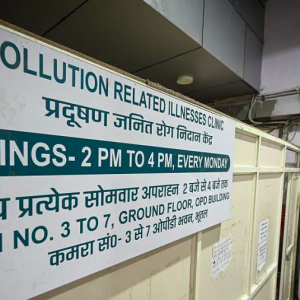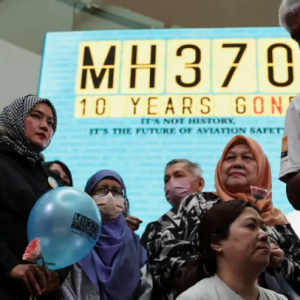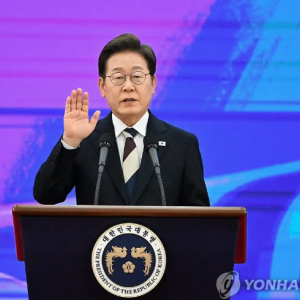“Bagakhangai-Khushig Valley” 102.5 km Branch Railroad Construction Begins
Politics
Ulaanbaatar, April 29,
2025 /MONTSAME/.
Prime Minister of Mongolia Oyun-Erdene Luvsannamsrai wished success to the engineers and specialists working on the pivotal project that would bolster the economy and increase the prosperity of the people and enterprises of the country. The Prime Minister emphasized that this historic project is part of a series of major developments and construction activities by the Government and the Capital City, which are being actively pursued according to plan this spring.
The Prime Minister highlighted the project’s special importance, noting that it marks the beginning of the establishment of "Hunnu City" centered around the new international airport near Ulaanbaatar. Furthermore, Prime Minister Oyun-Erdene stated that it will introduce a modern logistics and freight service system in line with the 5PL standard and will form a key part of the new freight network that will bypass Ulaanbaatar from the southern side of Bogd Mountain.
Under the "Government Policy on Railway Transport" approved by the State Great Khural in 2010, the long-term development policy "Vision-2050," the mid-term "New Revival Policy," the Government’s 2024–2028 Action Plan, and Government Resolutions No. 21 and 86 of 2025, construction began on April 24, 2025, on a third-grade branch railway from the 3rd track of Bagakhangai Station to Khushig Valley in Sergelen soum, Tuv aimag. The project aims at developing a major logistics hub integrating railway, road, and airport transport facilities, enhancing the flow of transit, export, and import cargo.
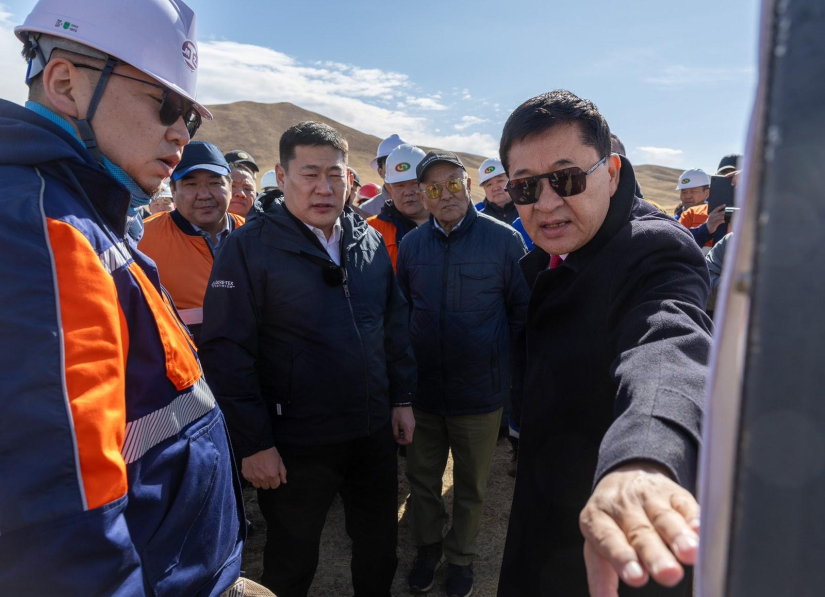
The Government of Mongolia designated 2025 as the “Year to Support Infrastructure of the Capital City,” and is implementing mega projects to reduce traffic congestion, air pollution, establish a satellite city, and end power deficiency. This railroad construction is one of the major projects. The railroad will be 102.5 km long, with track gauges of 1520 mm, and have three stations, four crossings, and a 2.5 km long bridge structure. This will be the first branch railroad of Mongolia.
“Mongolian Railroad” SOSC will be responsible for constructing the railroad, operating the railroad, and ensuring the railroad's alignment with relevant Laws, regulations, and international standards. Minister of Road and Transport of Mongolia Delgersaikhan Borkhuu noted that the construction of the railroad will be completed by October 2025.
The project is being financed through investments made by state-owned, non-mining enterprises under "Erchist Mongol" LLC. The investment is planned to be recovered over 15 years, with a total of MNT 294.8 billion to be contributed to the State Budget in taxes. During the construction phase, about 3,000 temporary and 420 permanent jobs will be created. More than 2,500 workers and about 1,500 pieces of machinery and equipment from around 110 domestic enterprises will be involved.
Once the Bagakhangai–Khushig Valley Railway becomes operational, Ulaanbaatar City will be directly connected by rail to Khushig Valley, Mongolia’s new key transport and logistics hub. This will have a strategic impact on national development and will lay the foundation for the construction of the "Transport Logistics Center" and "Hunnu City" in Khushig Valley.
It is estimated that, upon project completion, between 3.5 and 20 million tons of cargo annually will be diverted away from Ulaanbaatar City and transported directly to the newly built "Transport Logistics Center." As a result, the average time roads are closed for train crossings within the capital, currently about 144 minutes per day, is expected to be reduced by 21 to 120 minutes, helping ease road congestion.
The Bagakhangai–Khushig Valley Railway is not only a transportation project but also directly aligned with the policy of expanding Ulaanbaatar City. It will serve as a major infrastructure catalyst for citizens to relocate to satellite towns, live, work, and do business there, fostering the development of new urban centers.
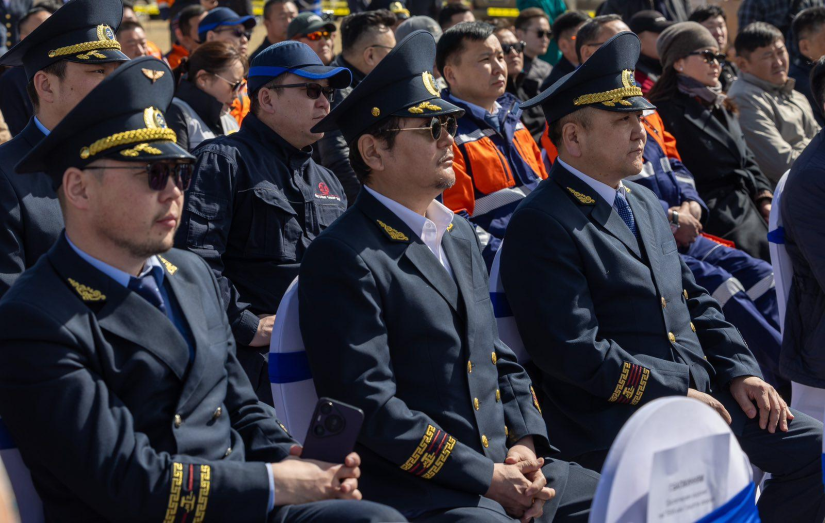
 Улаанбаатар
Улаанбаатар

















